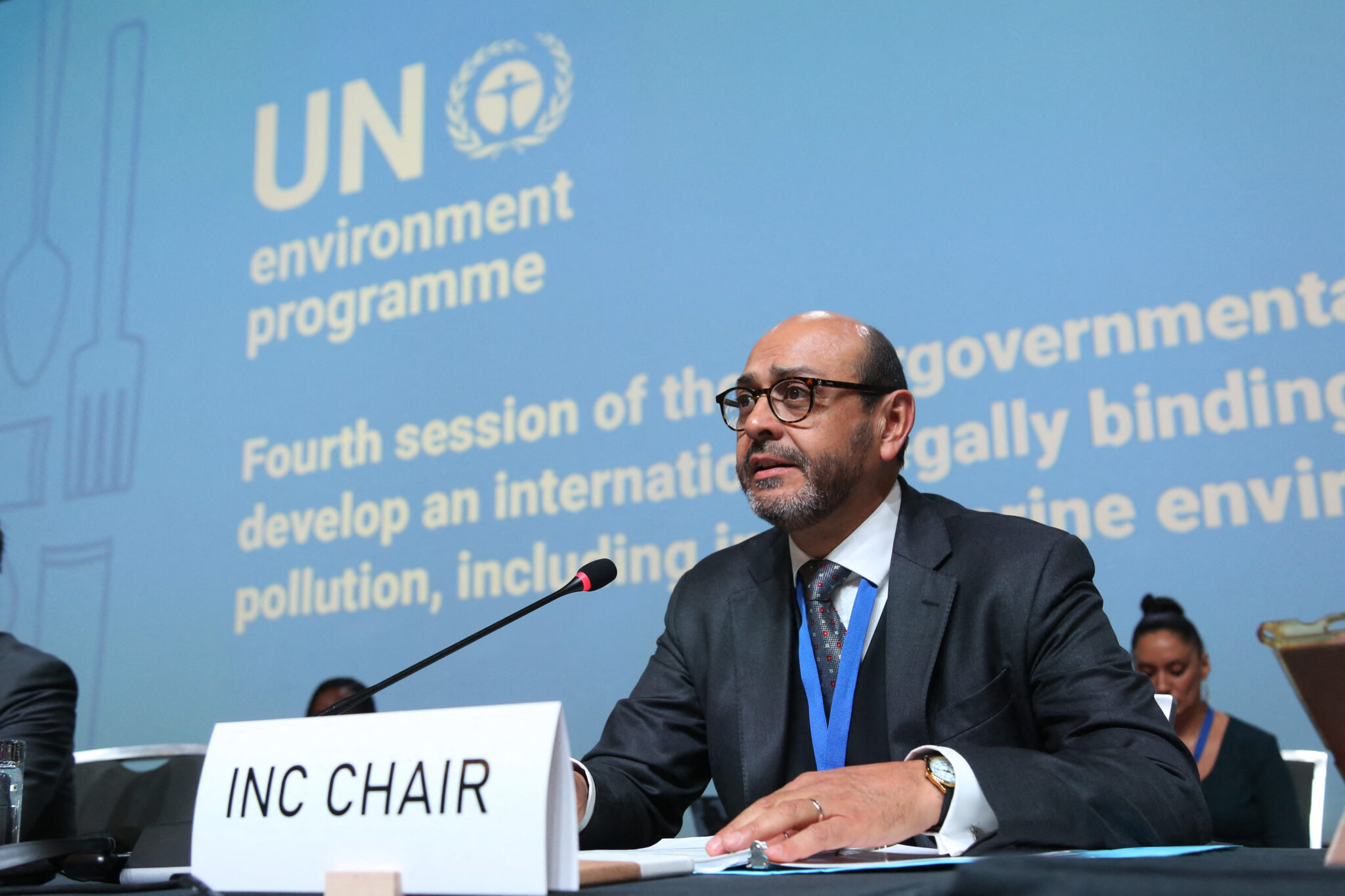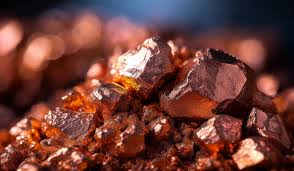So, what is all the hoopla about? Two things — dendrites and recyclability. In traditional lithium-ion batteries with a liquid electrolyte, sharp spikes called dendrites can form, shortening battery life. In some cases, they can pierce internal parts of battery cell, causing short circuits that can lead to a fire or explosion.
Researchers are hard at work trying to discover substitutes for liquid electrolytes. Many are focusing their attention on solid materials such as ceramics or polymers. The drawback is that many of those solids are rigid and brittle, resulting in poor electrolyte-to-electrode contact and reduced conductivity.
The University of Illinois scientists think they may have an answer. “Solid ion-conducting polymers are one option for developing nonliquid electrolytes,” says Brian Jing, a materials science engineering graduate student, and co-author of the study. “But the high temperature conditions inside a battery can melt most polymers, again resulting in dendrites and failure.” He says his team has developed a solid polymer-based electrolyte that can heal itself if it gets damaged. Even better, it can be recycled without the use of harsh chemicals or high temperatures, according to Science Daily.
Past research has created solid electrolytes by using a network of polymer strands that are cross linked to form a rubbery lithium conductor that delays the growth of dendrites. That’s the good news. The bad news is these materials are complex and cannot be recovered or healed after damage, Jing says.
The University of Illinois teamed found a way to make a network polymer electrolyte in which the cross-link point can undergo exchange reactions and swap polymer strands. These networks actually get stiffer upon heating, which can potentially minimize the dendrite problem. Another advantage is they can be easily broken down and re-solidified into a networked structure after damage, making them recyclable, and they restore conductivity after being damaged because they are self-healing.
“This new network polymer also shows the remarkable property that both conductivity and stiffness increase with heating, which is not seen in conventional polymer electrolytes,” Jing says. “Most polymers require strong acids and high temperatures to break down,” said materials science and engineering professor Christopher Evans who is the lead author of the study. “Our material dissolves in water at room temperature, making it a very energy efficient and environmentally friendly process.”
“I think this work presents an interesting platform for others to test,” Evans says. “We used a very specific chemistry and a very specific dynamic bond in our polymer, but we think this platform can be reconfigured to be used with many other chemistries to tweak the conductivity and mechanical properties.”
In other words, the work is promising but there is a long way to go yet to make it commercially viable. Basic research takes time and can’t be hurried. So yes, this is another in a long line of “The next generation battery is almost here” saga. Safer batteries are obviously a desirable goal, but the prospect of lithium-ion batteries that can be easily recycled safely and inexpensively is also an important part of the story. As batteries for transportation and energy storage become more popular, recycling them will become an important component of the zero emissions revolution.







